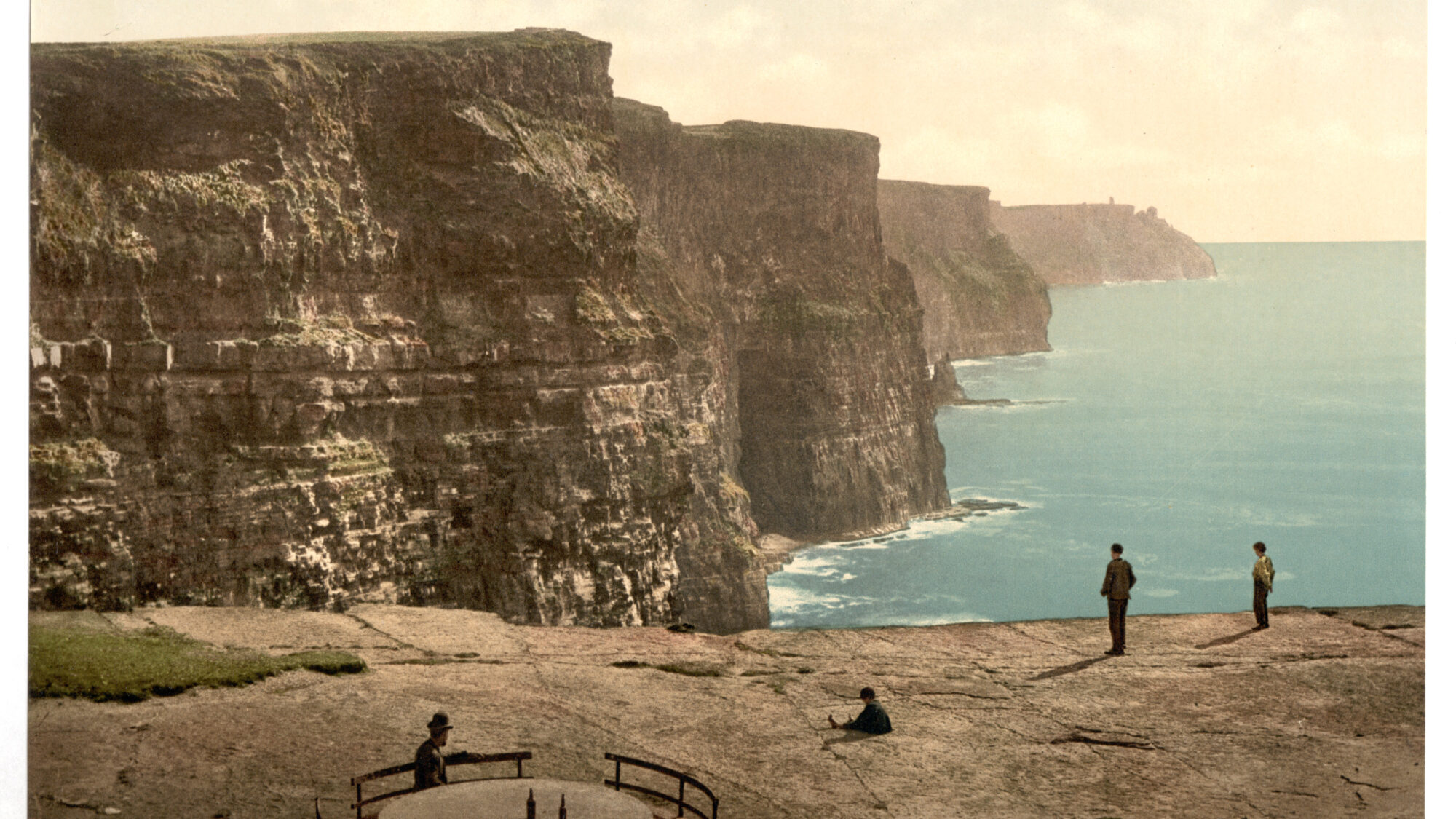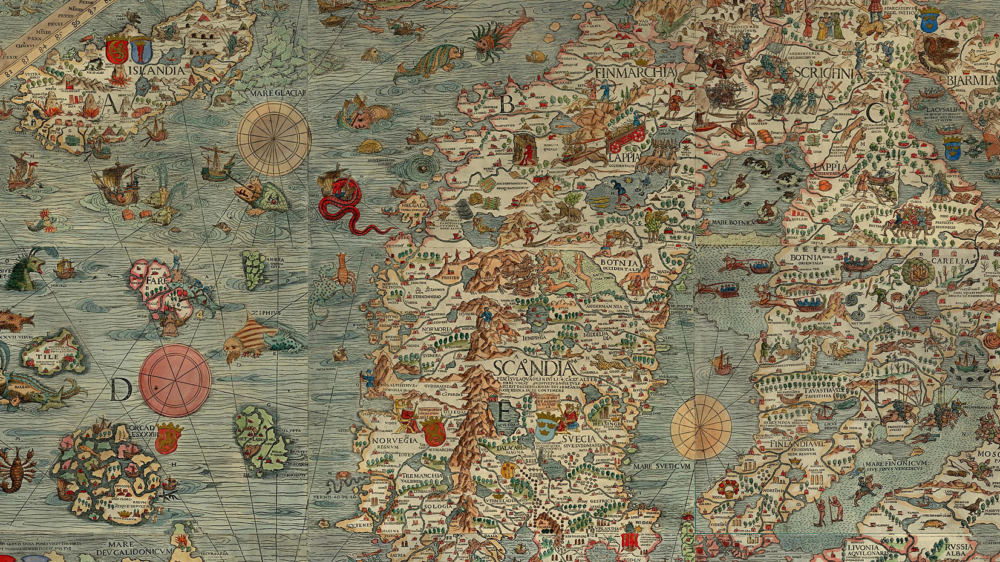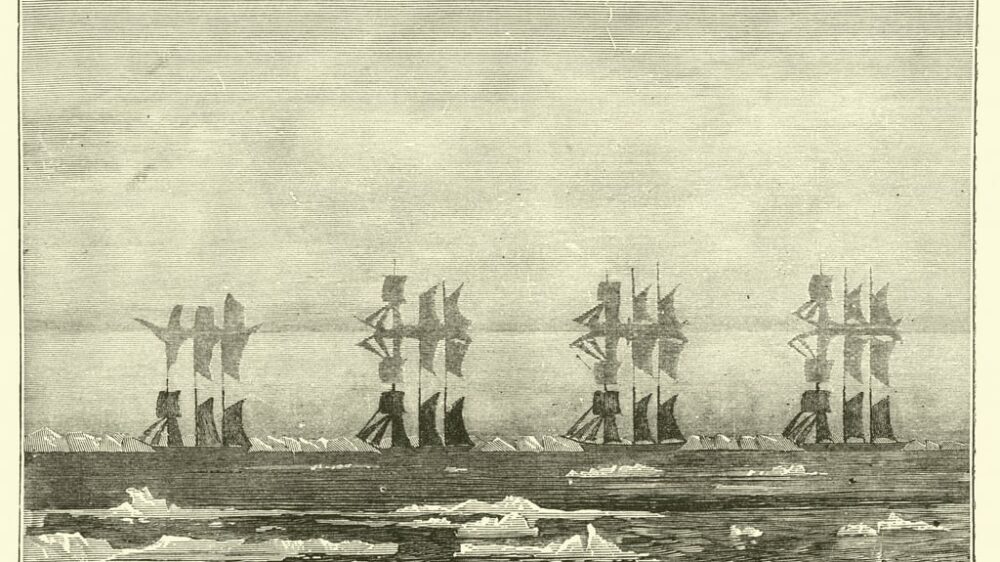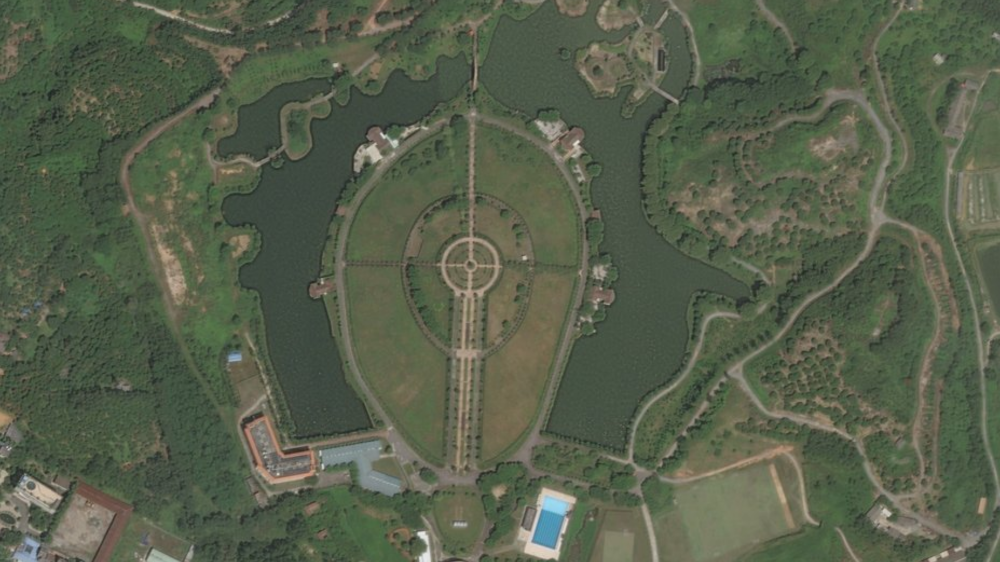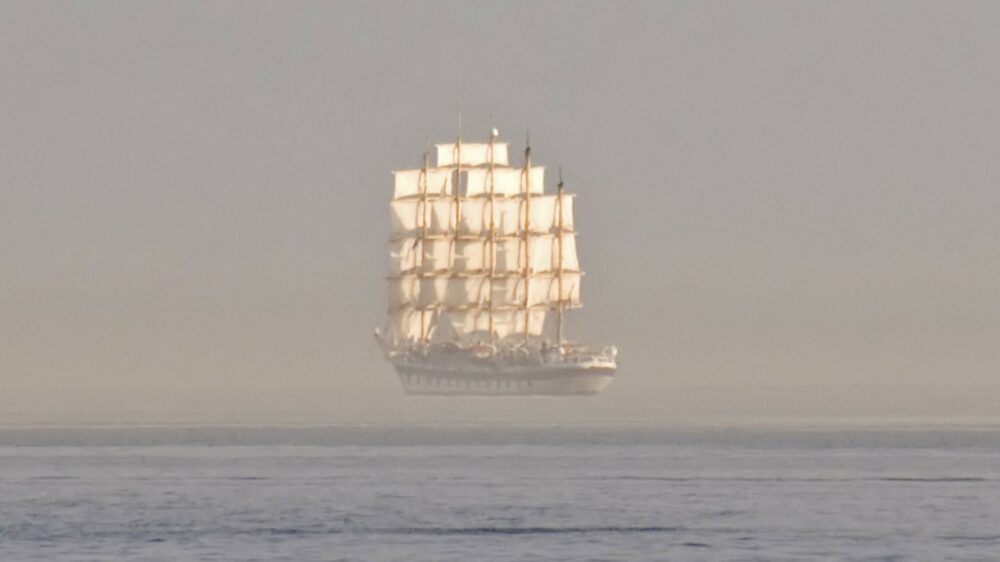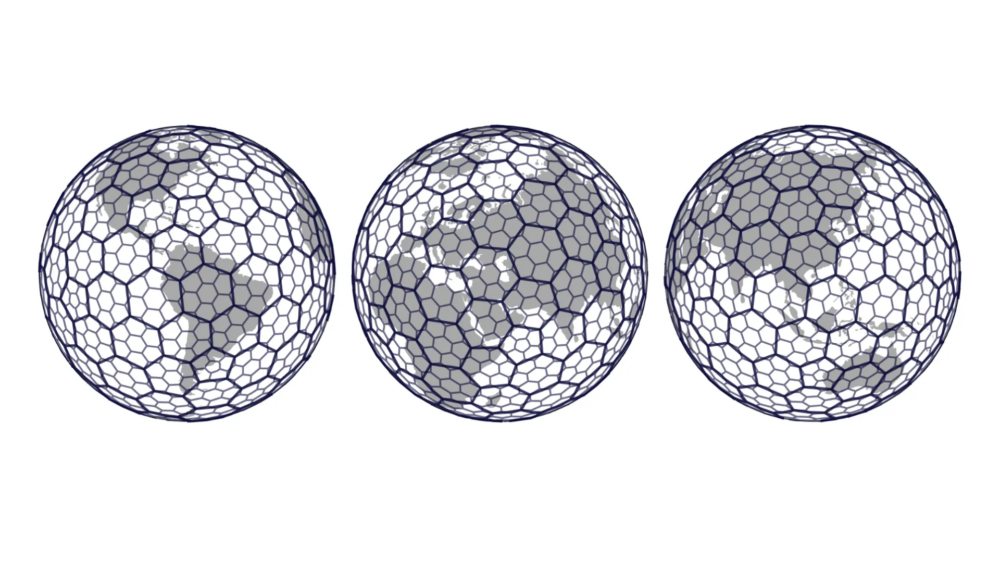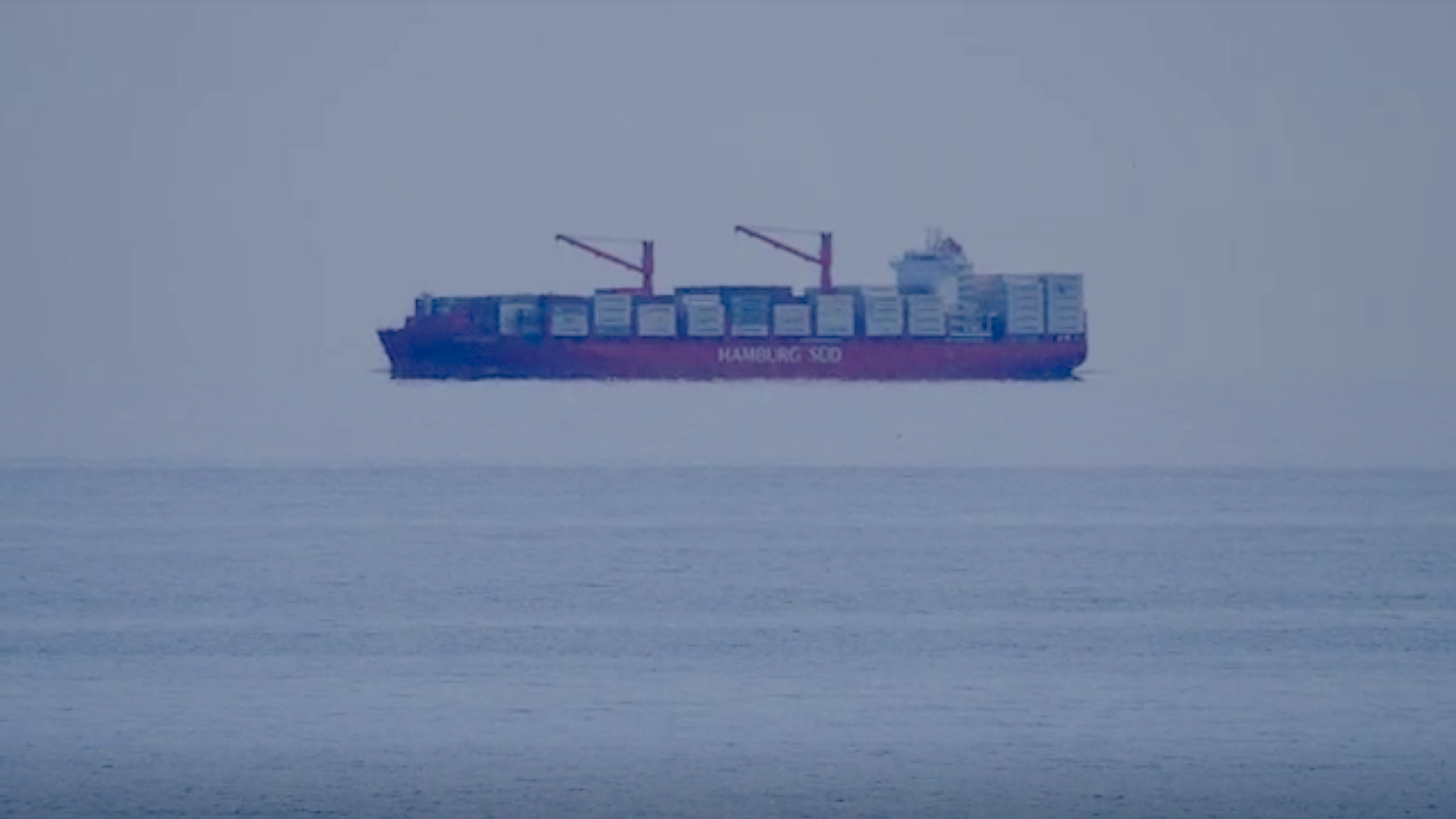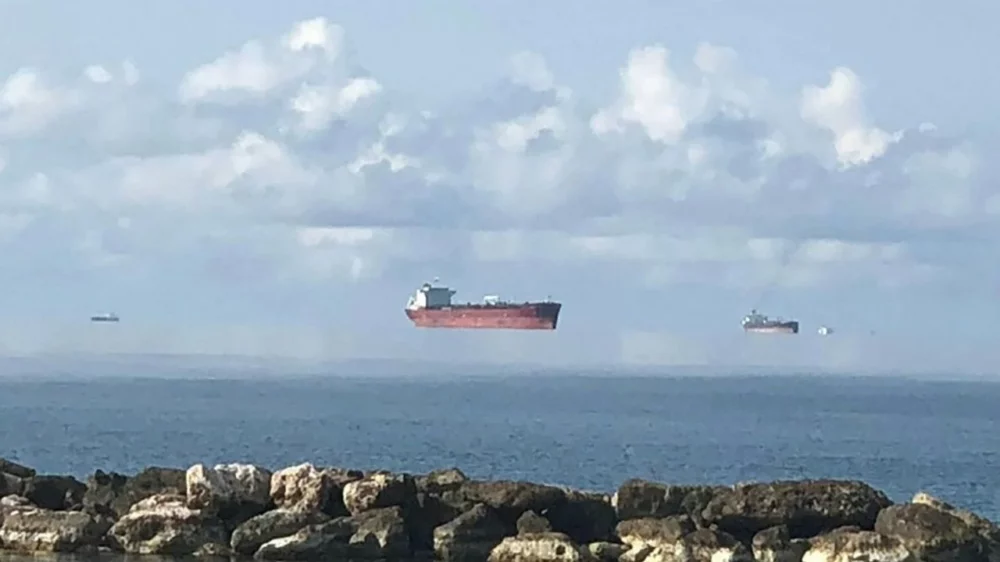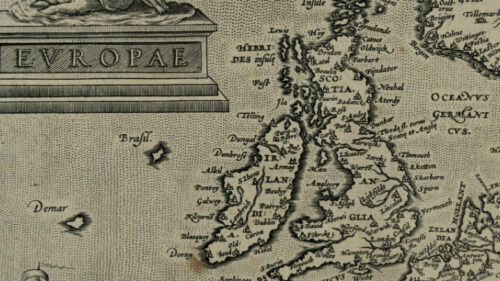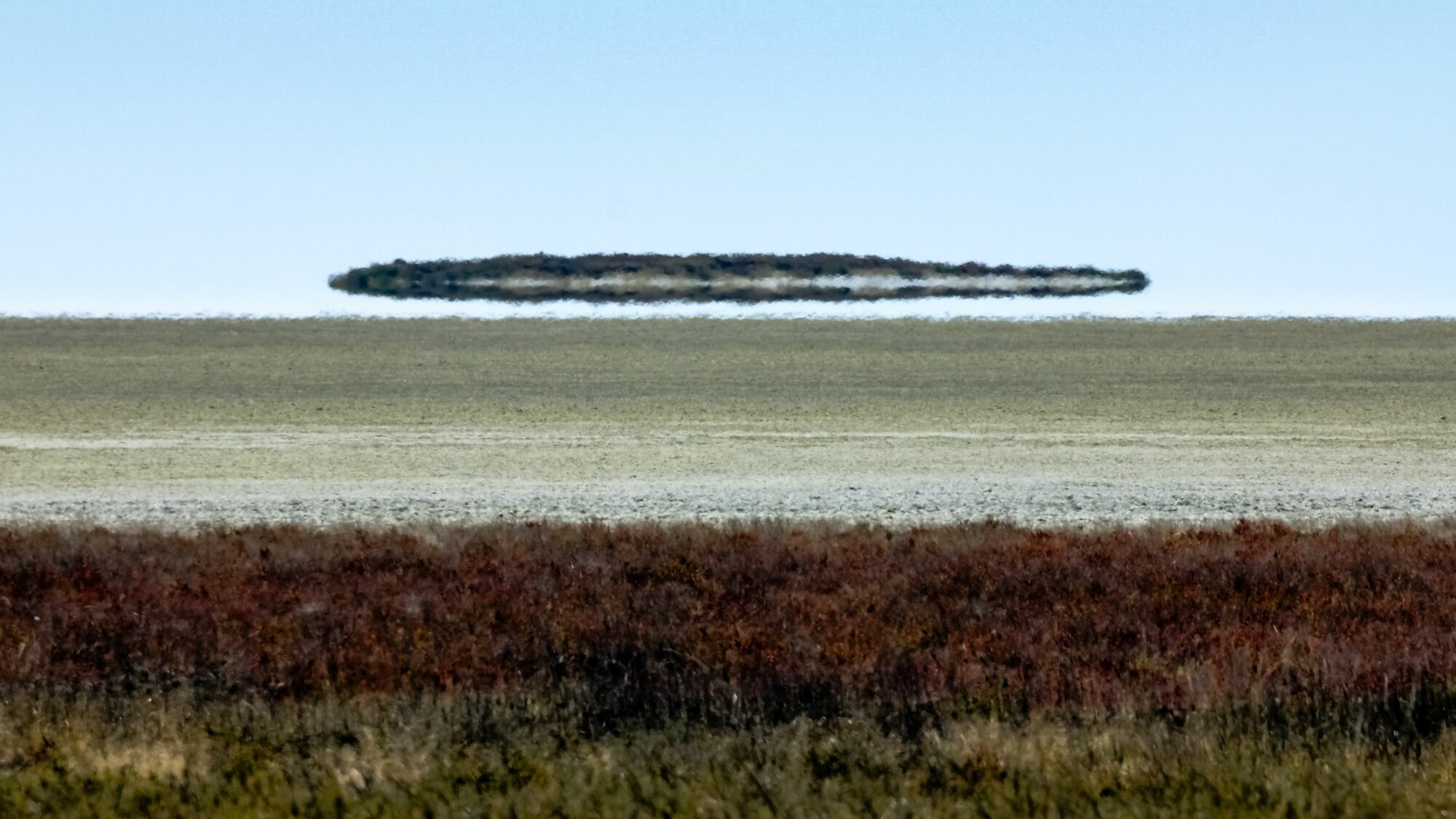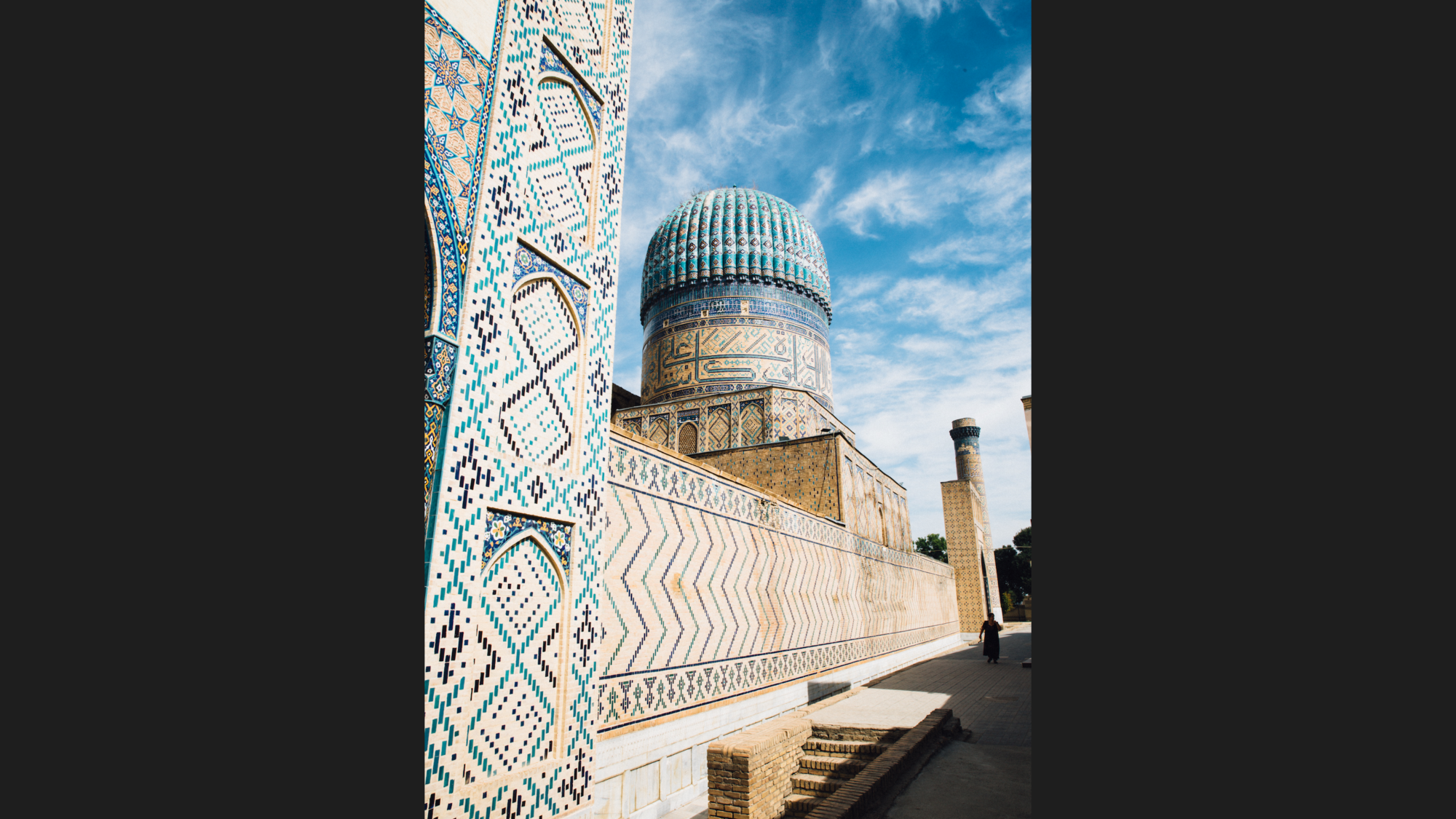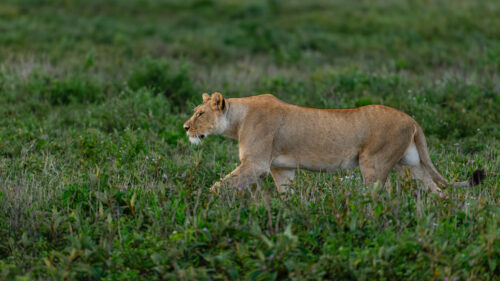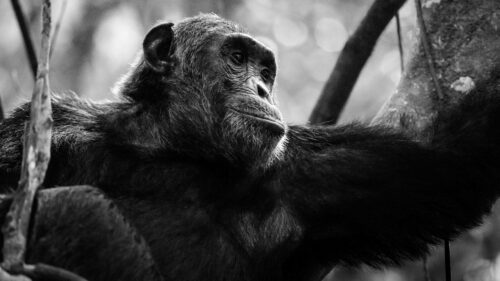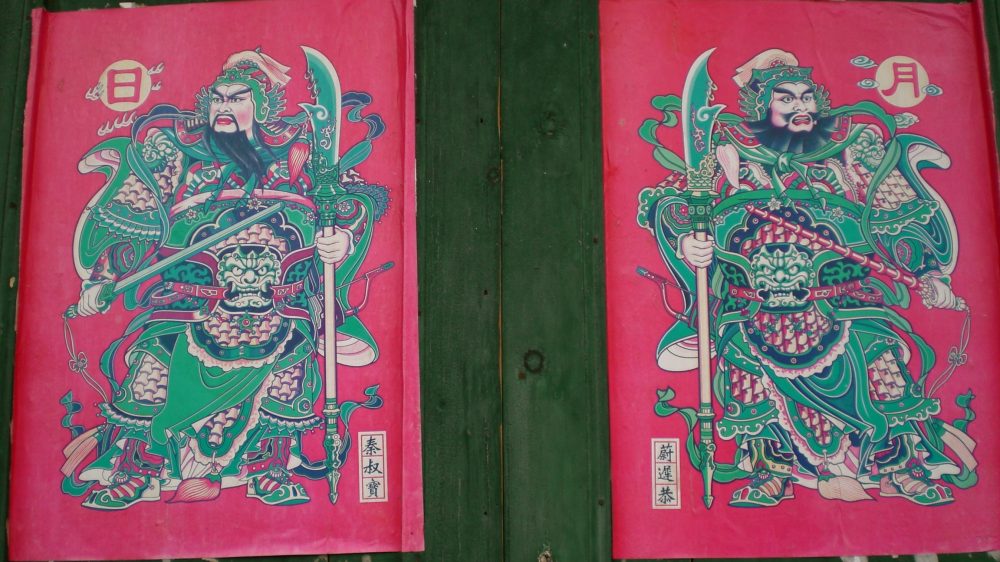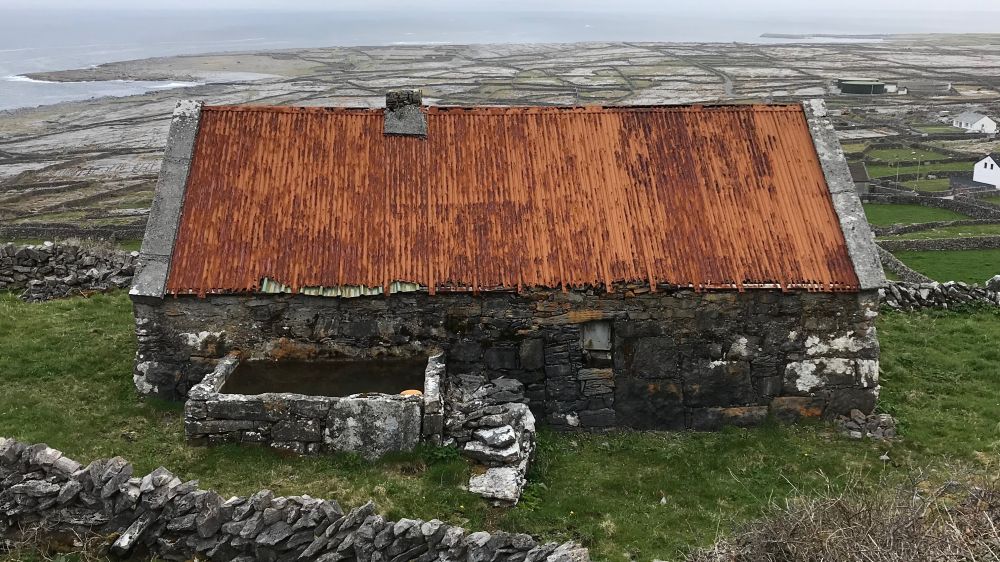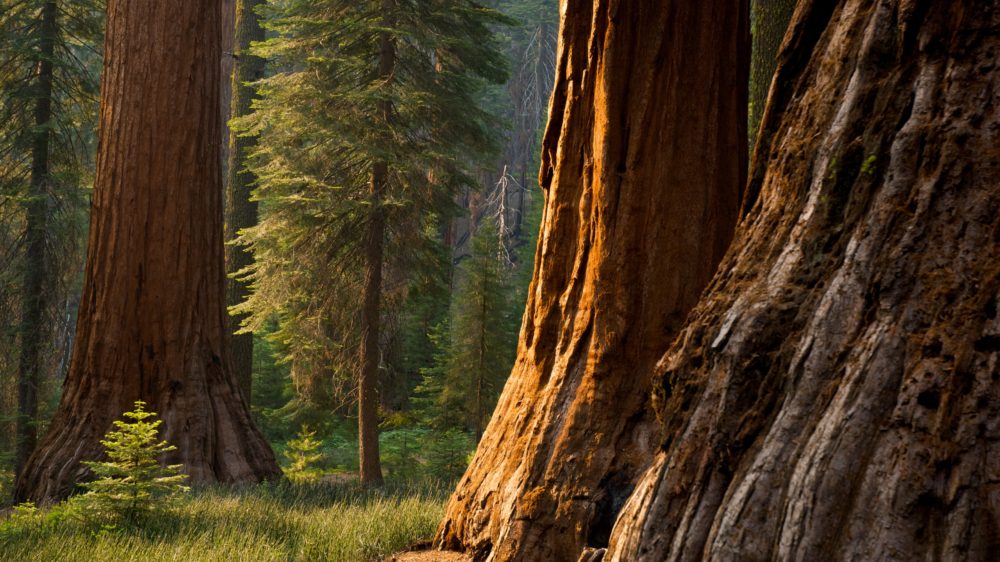Luo Fu Shan
The Pearl River Delta, in the early 2000’s, was a place of heavy industry, pollution, run off, waste and ruin. It was rubble and rebar. Home to factories like Yue Yuen (a company that produces the majority of the shoes for Nike, Crocs, Adidas, Reebok, Asics, New Balance, Puma, Timberland and Rockport) and Samsung, the technology and cell phone company; the water and air quality were on science fiction levels.
I moved there in a blur, a haze originating from a euro-centric education system. I was what Edward Said would call “orientalist”. I knew nothing of China, geography, history, language, I was without context and thus childlike yet armed with colonialism. Everything was new, and the borders of the known were tight concentric circles of a fabricated familiar. Anyone who has been an “expat” knows this world, it is a bubble. We “expats” taught at an international school and we built our own world, we constructed a full irish pub on the grounds of the school for ourselves, we engineered our own social club, we had fun runs and friday cocktails all on the grounds of a 500 acre boarding school where we lived and taught. It was literally walled, with security. China was very far away, through a constructed maze of our own doing that kept the unknown distant, and the familiar close, a strange reaction to the want to travel.
Likewise, due to the chemical smog from the production of cheap shoes and cell phones……the sky choked down on the property like a toxic snow globe, adding to the bubble feel. The school had its own surreal history; owned by a successful business woman in Hong Kong who ran a cosmetics company as well as a few schools and real estate projects, she acquired the property at a point in her life when Feng Shui had become very important to her success and spent profits from her other businesses into rearranging the landscape of this property to make it adhere to the laws and suggestions of her personal Feng Shui master. Thus, making 500 acres appear, from above, to be a giant turtle swimming in the ocean. This meant there was a man made lake/moat around a large hill (300 meter in diameter) which was the shell of the turtle. The limbs of the turtle were buildings jutting out into the moat on stilts.
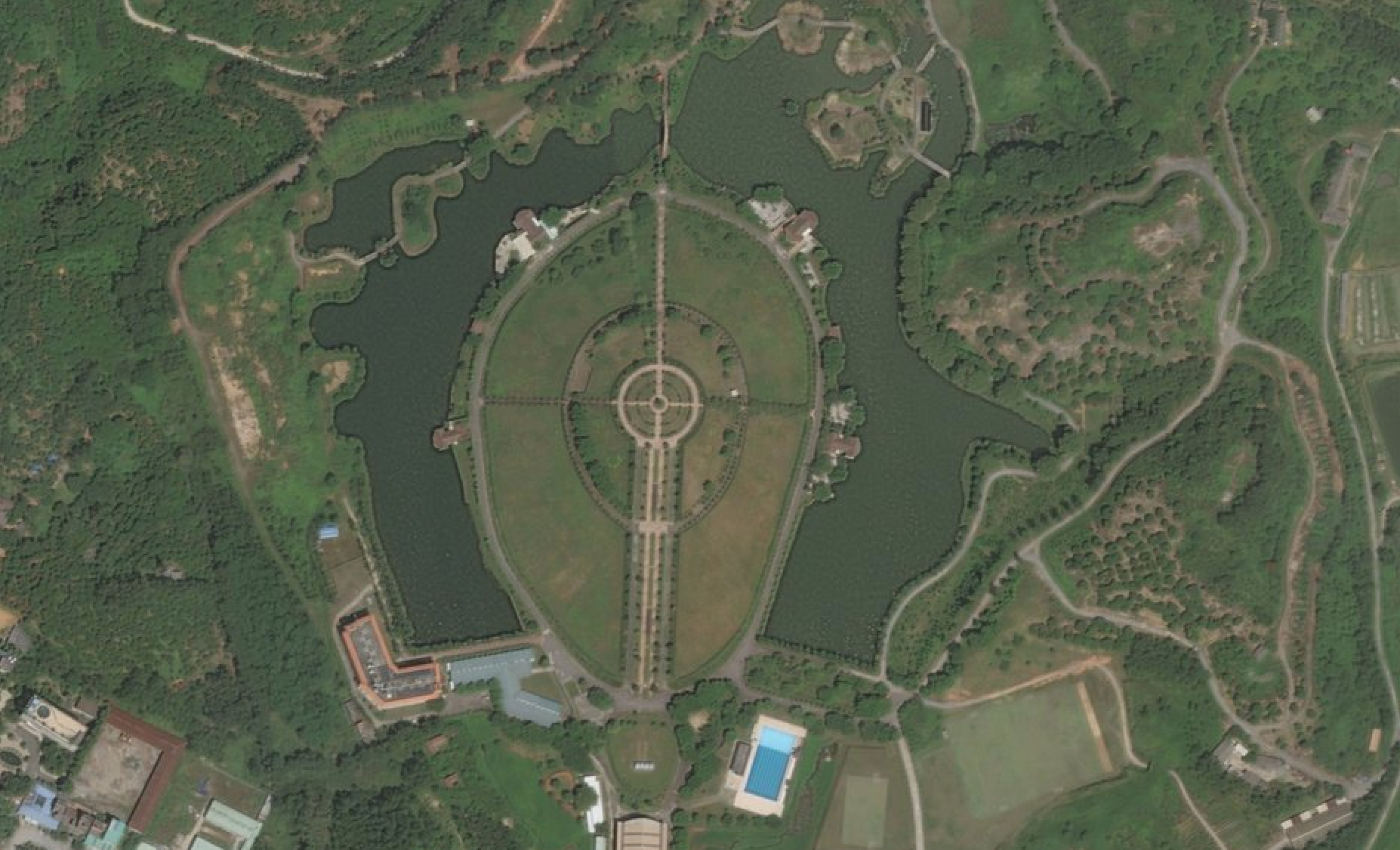
At first it was to be a garden for tourists, there was zero intention of it being a school. Beautifully manicured landscaping and gardens just couldn’t bring in the numbers as the region was, even then, a factory wasteland, so she decided to turn it into a Zoo and proceeded to buy animals like a modern day Noah, shepherding them into the gardens; camels, peacocks, zebras, and swine (hence the fence around the property). This too failed to bring in the tourists. Next she purchased dinosaur fossils and created a museum, each limb of the Feng Shui Turtle became a house for a different era (Triassic, Jurassic, Cretaceous), which again did not bring in the tourists. Each of these businesses layered on top of the other in the hopes that the assortment would be more appealing, a feng shui-zoo-garden-dino-museum. When all of this failed, it was decided that a school was to be built on the land and overflow from her successful school in Guangzhou (an hour or two away) would supply the students…..and this is when I came into the picture, when we had 3 students and construction on the buildings we were to use were underway. So there I moved, into the Feng-Shui-Garden-Zoo-Dino-land (although at this point the animals had been eaten in what must have been a long weekend bacchanalia). It was wonderful and strange.
Our 3 students became 500 in a few years, and for a time in my life I lived in the bubble of this strange arboretum surrounded by the growing pains of the new china. Every so often we would venture out of the bubble into the wilds of factory waste land.
I can only remember the appearance of the mountain three particular times. These were on those rare days, post rain, where a northerly wind came through and blew out the smog to unveil the landscape and knock away the snow globe sky. The peak would float above the horizon like a fata morgana, those strange mirages you find on hot days at sea. The mountain was only 10 km away as the crow flies, a 2,000 foot peak in the delta, a stone spire in a flat land, like the cover of some 1980’s heavy metal album, but it was seldom seen due to the constant pollution of factory life in a world that the needs of Nike’s and Samsungs where omnipresent.
The memory of this place became a myth to me, a mountain I still look up once every few years just to confirm it is real and not some fragment of a dream or a false memory, and to be honest, I am still not 100% sure the memories I have of this mountain are real, thinking the reality merged with some fabricated qualities resulting in a frankenstein of imagination and geology. I learned years later that the Mountain is called Luo Fu Shan (Mt Luofu) and it is believed that it is a satellite landscape of Penglai, a mythical island/mountain said to house the eight Immortals in Chinese Taoism. Penglai was the object of obsession for the first Emperor of China, Qin Shi Huang (also the namesake of the country, Qin=Chin). Qin wanted to become immortal like the gods and spent his life trying to find Penglai. In doing so he drove himself mad by ingesting liquid mercury, which he thought would give him immortality as well. The mercury deteriorated his brain, specifically his hippocampus, his memory, and his sense of space. The breakdown of these functions made him paranoid, hence the building of the Great Wall (a breakdown of the sense of space and borders of his kingdom), as well as his now famous Terracotta Army. Mt Lou Fu was also known as the birthplace of Southern Dragon Style Kung Fu, a particular branch of Kung Fu seen in a few Jackie Chan movies and the character Sub Zero’s style in the video game Mortal Kombat.
The smog was a modern issue but there is precedent for mist shrouded landforms being laced with mythologies; mountains and islands, fog and weather, mist being a particular state of hydro transformation, it promotes an idea of shifting.
On the west coast of Ireland, there are imaginary islands that float throughout history, appearing here and there on cartographers maps, mistakes seen through mist filled shores. There are invented islands like Hy-Brasil, a place that, to this day still holds a certain sanctity. This false island appeared regularly on maps south west of Galway Bay from the early 1300’s until 1865, almost 600 years of validation, but no island exists. Still, today in Dublin at the Royal Irish Academy one can see a 600 year old copy of the hand written Book of Hy Brasil which was claimed to have been given to a Galway sailor, Murrough O’Ley, after landing on Hy-Brasil. O’Ley was said to have been given the book by an old man living on the island, and told not to open the book for 7 years. After a time O’Ley and his crew sailed back to Galway. Seven years later, as promised, O’ley opened the book to find secrets to health and healing and quickly became a famous doctor for the west coast of Ireland. As is often the case, the real story behind the myth is much more imaginative. The book is an early-middle Irish language rendering from a Latin translation, which was itself a translation from Arabic of the book “Tables of the Body for Treatment” by the Islamic physician Ibn Jazlah of Baghdad from the year 1080; a product of trade routes from Baghdad to Sicily to Galway via the Mediterranean and Atlantic waters. The O’Ley family most likely had practiced medicine for years but were feared of persecution from the Cromwellian world around them and so reinvented themselves with a bit of mythological flair.
Then there are real islands that once were thought of as myths. Inishbofin island west of Cleggan in Co Galway was just far enough off the coast it was often shrouded in mist and thought to move around. The legend says the island meandered and drifted until one day two fishermen landed on its shores and lit a fire, thus breaking the spell, locking the island forever in place. Fire, electric pulsing illumination, the contrast to thick humid air.
The fixing of landscapes into place happens with fire, or sometimes with pen and ink as with the art of cartography, that strange mixture of mathematics, the universal, the subjective, and the experienced.
In the Himalaya, this fixing of landscapes is done through ritual, fire, and a particular skill set in learning how to follow the internal mental maps we create in our memories and experiences of place. There are ephemeral regions of the buddhist world called “beyul” (hidden lands), valleys, caves, places to corden, which can be discovered at a certain hour, in a certain light, and if approached in a certain way. It is just as much a journey inward as outward, and some believe that if you achieve both, you are promised utopian dreams and lush lands, enlightenment. (Through this came the myth of Shangri-La.) Not only that but many of the rules of life are able to be broken in a beyul, it is unhinged from the moral and the mortal.
The conceptual maps that led to Beyuls were left on scrolls (neyigs) hidden by enlightened ones in the olden days. These maps were neither ratios nor grids nor mathematically founded documents, they were descriptions of dreaming tracks, archetypes and ideas, they were an interface between a mind and a landscape.
I had a recurring dream for a number of years in my early 20’s and I think about it when reading about beyuls. It started the same: When I was a kid we lived in an old plantation home in between Atlanta and August along the Dixie Highway, a network of connected paved roads going from Chicago to Miami, built in the 19 teens. The back porch looked out onto a three hundred and fifty acre set of fields and the dream began at night, with a storm on the horizon and me standing on the porch looking out to the fields. There would be 10 or 12 ninjas standing in the field facing me, but they couldn’t move from where they stood, locked in position. I would look out and there was a hay pile that was my goal and if I reached it I would be able to be transported to some sort of adventure. I would have to tumble and dive a certain way past the ninja’s in order to reach the hay pile, ending in a dramatic front flip to bounce in the hay where, at that precise moment, mid flip, I would warp into another realm. (The realm would always start with a splash by landing in a hot tub where I would be surrounded by Bea Arthur and the rest of the Golden Girls, who would be my sidekicks in the adventure the rest of the dream would form, always different, but the beginning, the porch and the ninjas, would always start the same.)
Mapmaking is an act of metaphor, an attempt to pin wandering spatial ideas down, it is a mathematician’s selection of ratios to rope in floating realms to the physical, to the real. But this is problematic if your world view isn’t as literal or two dimensional. The human experience and the human brain don’t exist in the same absolute sense as mathematics, 1+1 seldom equals 2 in our wild imaginations and experiences, our memories and our dreams.
How the brain connects to space and time, to longitude and latitude, we are learning, happens in electric pulses on the cellular and neurological level. Deep in the central core is a region called the hippocampus, a structure that houses particular cells and neurons whose functions are memory encoding, memory consolidation, and spatial navigation. There are cells that are specific to place, there are cells that map out a grid everywhere we go, there are cells that mark borders and walls, and cells that record head positions in order to understand direction. These cells shoot off an electro pulse when active and thus are observable. Place cells fire up when we are in a particular place at a particular time and memorize those locations, walking by the stove in the kitchen, going into the subway near your home. They fire up again when we are either in the place or remembering the place. Your childhood bedroom will be well marked by place cells inside your hippocampus. The Grid cells structure space in a different way, not related to particular place but instead plot out a room in hexagonal patterns (rather than cartesian), patterns that are similar in shape and size to those patterns we find on the sides of buildings in islamic architecture, in places like Khiva or Merv. Hexagonal because it is a shape that is scalable (go down a rabbit hole of space and maps by looking up H3 and Uber as well as Buckminster Fuller and the Dymaxion map). Then there are the Border cells which fire up when we reach a wall, or an uncrossable pit, or something that keeps us from moving past. Living in Toronto there is an omnipresent notion of the great lake to the south, it creates a certain spatial awareness in relation to a border. These three cells, place, grid and border, piled up together and you end up with a cerebral Geocache-ing, we run around the globe marking spots that only our collection of cells in our hippocampus know, and BANG, little shots of electricity fire off signifying location, time, and space. They don’t stop there either, the same cells can shoot off with music, memory, and imagination. We can read about places we once knew, hear music from, or smell reminiscent aroma’s, taste familiar meals, and the same cells start firing off in our mental cartographic memories reminding us how it felt to be in that “place”. We can imagine space and we can shift the memory of space as well, our mental maps can be changed, they can become our own mis-remembered myths.
I spend a lot of time thinking about the idea of place, how to experience it, how to help people jump into a place to understand it. We all know some of these access points. Local food, music, landmarks, archetypes (Pho, the Grand Canyon, an Irish jig), these are the things we seek out, and it seems to be hardwired into our cellular understanding and mapping of our world. Eons ago we used this mental mapping as a way to survive, to mark where food was, to understand how to move from point A to point B in safety. It is why place and memory is so linked in our cognition, they function together for survival. The interesting thing about the way we do this is that our function of mental mapping is there without the drivers of food and rewards. Before the discovery of place cells and grid cells, it was thought that we were motivated and driven by rewards and fears, that our mental maps were built by locators to eat and be sheltered. Knowing that we grid our entire world, as well as mark each particular place, independent to those drivers shows a larger importance to curiosity in the functioning of our mind. We map our world because we are curious, because we want to know. In these same tests, if you put a rat into a room with food, the rat would map out the room first and then, only after the room was filled with grid cell and place cell markers, would the rat go back to the food and dine. Curiosity is a primary driver to our functioning.
From the hippocampus, there is a great connector that takes the mental mapping, the memories, the curiosity and moves it down our bodies from the brain, through the face and the eyes, via the lungs and the heart, connecting to the gut; the Vagus nerve.
I have a problem with giving blood or getting a shot. I pass out. I am not scared of needles, my body just shuts down and out I go. This was explained to me years ago as a vagal response and I have been telling people that I suffer from a vagal response since then but had no idea what that really meant until I started learning about place cells and memory. The Vagus nerve is a collection of fibers that run from the brain to the stomach and to many other places in between. The name, like many medical terms, comes from latin, Vaga = to wander. It is particular to mammals and it is very special. It is the connecting point of the mind and body that we feel in our tear ducts when we watch a rom-com, that drives us when our stomachs twitch at the site of a great height, that give us chills when we hear Jimmy Page play guitar or Bocelli sing an aria.
This nerve, this collection of fibers combined with electricity, it is the physical location in our bodies of our capacity for wonder, it is scientifically imagined to be where love is located (it is the biological cause of butterflies in the stomach), and the soul, it is where our memories and mental maps merge with our bodies, and it turns out, to stimulate this nerve is good for our health, our cells, our digestion, our heart, to satisfy our curiosity and explore our world helps us function better as a living being. It is literally the dominant physical connection between your head and your heart. When this nerve is functioning well, it regulates the heartbeat, it is the system that stimulates ones facial muscles to express emotions and thus connect us more with each other through body language, it stabilizes our digestive system and our breathing, it is physically responsible for the outward expressions of empathy (tears, chills, facial contortions, the smile).
This nerve also responds to others, when we collectively come together, our breathing and neural patterns start to synchronize, we walk at the same pace, we sense community, and if I understand the physiology, we can collectively shift and form memories and ideas of space in our hippocampus, our place cells and grid cells and memories can be affected by our collectiveness. We can see the results of this in organized religions, in ideas of history, in collective concepts of identity, a giant chorus of vagal nerves and place cells vibrating in unison like some sort of bi-ped coral reef; humanity. We can see this too in mythical landscapes, places that we create working their way into the artworks of cartographers calculations; that if enough of us think of a place, it might, just might, begin to exist, at least in little electric pulses deep inside of our cranial cavities, and sometimes in the physical landscapes we inhabit, borders we erect that become limits on a cellular level, ideas of regions we invent and construct that then become real distinctions, much like the fake pubs expats build in southern China.
Even though my memory of Luo Fu Shan is clouded in a haze, I think there is a value in the going out to create more of these memories as we travel. There is inherent value in venturing out of our doors, down the road, just to feel the vibrations of some other part of the world that has come up with alternate patterns of synchronicity to my own, to shake the cage, and tune our own internal cognitive instruments to new frequencies. There is something in this collective memory making that takes the physical, the electrochemical charge we get through being next to each other in a place, something that is missing in our social media and technological communication channels. We don’t sync in the same way over zoom, it takes breathing the same air, mixing the pheromones to stimulate the vagus nerves to imprint in the hippocampus; and this, to me, is the highest form and reason of travel, the sharing of the human condition, the syncing of our paces, the collection of our memories, the satisfaction of our curiosity and capacity to wonder what might be over the next hill.
